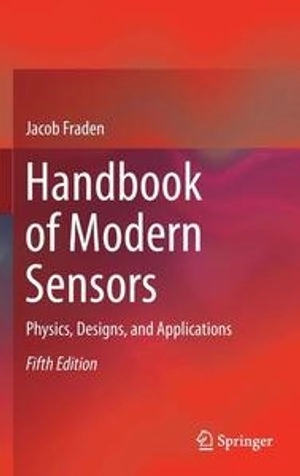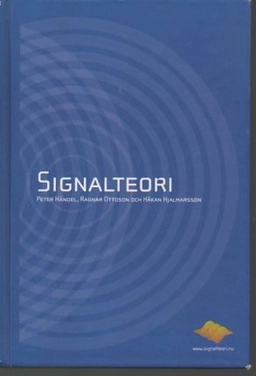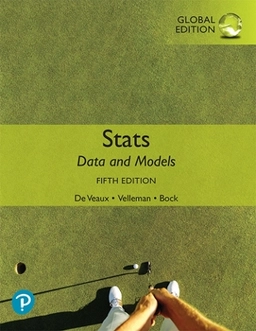

Handbook of modern sensors : physics, designs, and applicationsUpplaga 5
- Upplaga: 5e upplagan
- Utgiven: 2016
- ISBN: 9783319193021
- Sidor: 758 st
- Förlag: Springer
- Format: Inbunden
- Språk: Engelska
Om boken
Åtkomstkoder och digitalt tilläggsmaterial garanteras inte med begagnade böcker
Mer om Handbook of modern sensors : physics, designs, and applications (2016)
2016 släpptes boken Handbook of modern sensors : physics, designs, and applications skriven av Jacob Fraden. Det är den 5e upplagan av kursboken. Den är skriven på engelska och består av 758 sidor. Förlaget bakom boken är Springer.
Köp boken Handbook of modern sensors : physics, designs, and applications på Studentapan och spara uppåt 2% jämfört med lägsta nypris hos bokhandeln.
Referera till Handbook of modern sensors : physics, designs, and applications (Upplaga 5)
Harvard
Oxford
APA
Vancouver



















